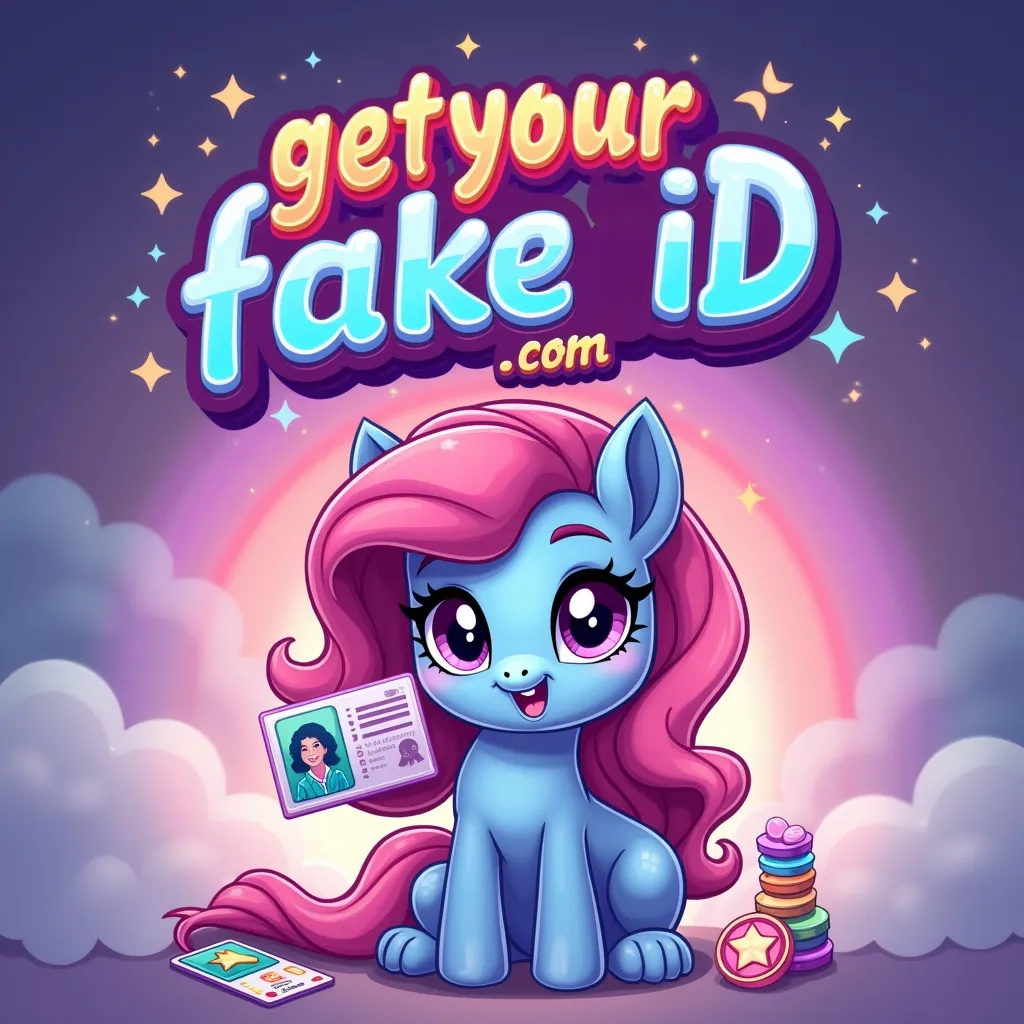The Ultimate Guide to Detecting Fake IDs: What Bartenders Know
In the vibrant nightlife scene, bartenders play a crucial role in maintaining the balance between fun and safety. One of their essential duties is to spot fake IDs. With the increasing sophistication of counterfeit technology, this task has become more challenging. But fear not, seasoned bartenders have developed a keen eye for spotting the telltale signs. Let’s dive into the ultimate guide to detecting fake IDs, based on what bartenders know 🕵️♂️.
Visual Inspection: The First Line of Defense 🔍
The first step in detecting a fake ID is a thorough visual inspection. Genuine IDs have a high-quality finish, sharp edges, and clear printing. Here are some specific elements to look out for:
- Holograms and Watermarks: Genuine IDs often have complex holograms and watermarks that are difficult to replicate. Check for these features under different lighting conditions.
- Photo Quality: The photo on a real ID is usually professionally taken and has a clear, high-resolution quality. Compare the photo to the person presenting the ID; do they match?
- Text and Printing: Real IDs have flawless printing with no smudges or blurring. The text should be sharp and consistent throughout the card.
Physical Sensation: The Tactile Approach 🖐️
Sometimes, the best way to detect a fake ID is through touch. Real IDs have certain textures and materials that counterfeiters often miss:
- Raised Printing: Many genuine IDs have raised printing, especially around important details like the date of birth (DOB) or the issuer’s name. Run your finger over these areas to feel for the raised text.
- Material: Real IDs are typically made of durable, high-quality materials like polycarbonate or Teslin. A fake ID might feel flimsy or have an unusual texture.
Tech-Savvy Techniques: Modern Solutions 💻
In today’s digital age, tech-savvy bartenders use modern tools to detect fake IDs:
- Blacklight Tests: UV lights reveal hidden features like ghost images and fluorescent ink. Use a blacklight to examine the ID; missing or incorrect UV features are a red flag.
- Barcode and Magnetic Strip Checks: Real IDs have scannable barcodes and magnetic strips. If the scanner doesn’t read the ID correctly, it could be a fake.
Common Tricks of the Trade: Spotting Trends 🕵️♀️
Experienced bartenders have also noticed certain trends in fake IDs:
- Common States: Some states are more frequently targeted for fake IDs. Knowing which states are popular among counterfeiters can help you stay vigilant.
- Updates and Changes: IDs are periodically updated with new security features. Awareness of these changes is crucial; outdated designs are often used for fakes.
Conclusion: Your Role in Safety 🛡️
Bartenders are the first line of defense against fake IDs, playing a vital role in maintaining the safety and integrity of the nightlife scene. By mastering the visual, tactile, and technological aspects of ID detection, you can ensure a fun and secure environment for everyone 🍻.
